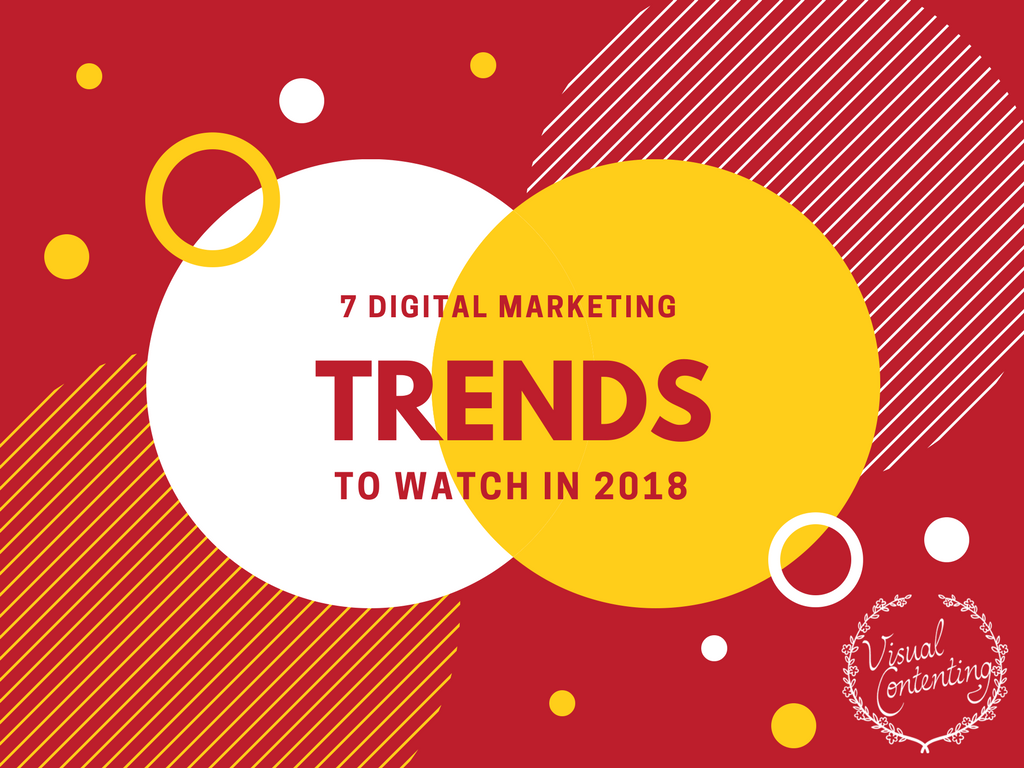Now is the time for marketers, brand managers and similar professionals to start tracking the trends most likely to make massive impacts in 2021.
Knowing about them can help people in the marketing sector promptly respond while planning their campaigns. Here are six emerging content marketing options worth keeping an eye on this year:
1. Microinfluencers
Although the exact count varies in some definitions, microinfluencers usually have between 1,000-100,000 followers. Such influencers are often ideal for brands trying to reach a particular niche.
Working with a microinfluencer is often more accessible than recruiting someone who has several million followers. Some brands have already succeeded with microinfluencers recently, and more companies will likely become interested in the prospect throughout 2021.
In one mid-January example, Lexus asked Twitch users to customize its 2021 IS sedan for gamers. The effort saw nearly 23,000 people casting votes for their favorite car characteristics.
Moreover, the automaker debuted a related “All In” campaign on January 4. The initiative features eight microinfluencers — including Twitch streamer Fuslie — promoting the automobile. Brand representatives believe using influencers rather than actors will offer more authenticity.
2. Livestreamed E-Commerce Efforts
People got accustomed to livestreamed concerts, book clubs and plays in 2020. This year, it seems highly likely that more individuals will turn to livestreams to shape their buying decisions. Emily Allen, a research manager at Google, thinks such content will help brands stand out in the crowd during 2021.
Such content is already a massive business in China, and other countries are trying the idea, too. In one case, Japan-based brand Ryukakusan Co. offers powdered herbal remedies through livestreams, often selling to Chinese customers.
This approach helps boost profit potential, especially because Chinese tourists who might ordinarily visit Japan to buy the products have not traveled for leisure recently due to the pandemic.
Western countries have started trying to capitalize on the momentum too. Succeeding will not be straightforward, however. That’s because there are various key differences in how people in China and the West use the internet and buy things.
Even so, people should expect livestreamed e-commerce to become more prominent during 2021 as brand representatives determine how it might work for them and which audience segments are most likely to respond to it.
Recommended: 15 Ways Live Streaming Can Improve Your Business
3. User-Generated Content
Content that comes directly from the people who use a product or otherwise interact with a brand can relieve marketers of some of their creative duties. A report from Deloitte that examined 2021 trends also suggests that such content will remain relevant and widely seen this year.
Firstly, the findings revealed that 56% of people had participated in at least one digital engagement activity in the past year. Moreover, 32% of people took part in online conversations, such as those happening on social media or brand-specific platforms. Additionally, 28% of people wrote online reviews, and 21% used online platforms to advise others about products or services, such as by writing how-to guides.
This trend of consumers contributing various kinds of content does not mean brand managers can sit back and let them do all the work. Now is an excellent time for these professionals to launch dedicated platforms and social media prompts that encourage people to give their thoughts.
They should realize, though, that such efforts may require tasking company representatives to moderate the content and safeguard against any abusive practices.
Recommended: The Importance of User-Generated Content for Social Media Strategy
4. Longform Buyers’ Guides
People are now more frequently using the internet to get educated before buying products. Lockdowns and related complications associated with COVID-19 mean interested buyers cannot necessarily visit showrooms or other physical locations. Fortunately, the internet is always accessible for people who want to get educated before they buy things.
Opportunities abound for companies to publish in-depth, longform content that positions them as authoritative sources and excellent buying options.
For example, one detailed piece about raised-access flooring features statistics, bullet points and headings to keep people interested and guide them through the content. Those elements are good examples of what makes a buying guide above average.
Statistics indicate that business-to-business (B2B) marketers embraced both longform content and guides when engaging with their audiences through content in 2020. Notably, 54% had published guides or e-books within the last year. Then, nearly a third (32%) had offered longform content of at least 3,000 words within the same time span. Marketing professionals should expect more of the same to happen in 2021.
5. Online Training and Educational Videos
Many people received training and education online for the first time in 2020. Now that users are getting more accustomed to the idea, that trend should continue through 2021 and beyond. A trend roundup from Oberlo showed e-learning content rose by more than 36% in 2020 and will likely remain popular this year.
For example, the World Health Organization (WHO) has an online course to train health care workers to give COVID-19 vaccinations — certainly a priority in 2021. TikTok also launched a learning hub to showcase educational content in late 2020. Online learning is no longer a niche possibility. It is now mainstream, and many people view it as a convenient, desirable possibility.
Brands have several ways to focus on educational videos for content marketing. For example, they could distribute these videos directly to users to emphasize a company’s trustworthiness and relevance in a user’s life.
Alternatively, they could produce short, sample content for companies that may want to introduce or expand online learning opportunities for their employees or clients.
6. Branded Content
Brands must continually explore new advertising opportunities if they want to get attention in the marketplace. Many people no longer pay attention to traditional advertising, such as billboards or banner ads.
That’s why many companies are focusing on branded content, such as podcasts and YouTube episodes, to draw users in and keep them interested. Such content does not attempt a hard-sell approach but maximizes creativity.
For example, streetwear retailer Foot Asylum partnered with YouTube to create a dating show that people can stream. Each episode earns more than 2 million views within a week of publication. BMW also got back into the branded content arena after previously trying it earlier. That brand’s effort was a serialized podcast about a woman who wakes up in the future, accused of murdering someone.
A BMW spokeswoman explained, “There won’t be any product placements in the episodes, nor will there be any bold marketing messages from the brand.” Instead, there would only be hints that only the most devoted BMW fans would recognize. In that way, the brand took an approach akin to how some media creators add “easter eggs” to their content, giving eagle-eyed consumers things to discover.
Adapting to Trends Will Bring Success
People have known about the importance of content marketing for a long time. What’s changed over the years is the preferred methods for resonating with the audience. These six trends are among those that will likely cause the most waves in 2021, but the list is not an exhaustive one.
That’s why marketers should view the trends in the broader context of other happenings in their field. It may become clear that some of these trends are not appropriate for certain brands. If so, that’s okay.
Even if marketing professionals don’t directly experiment with the options mentioned here, it’s undoubtedly valuable for them to at least understand their impact on audiences and the best ways to connect with them.
Related Posts
Devin Partida writes about topics concerning tech and the internet. She is also the Editor-in-Chief of ReHack.com.






